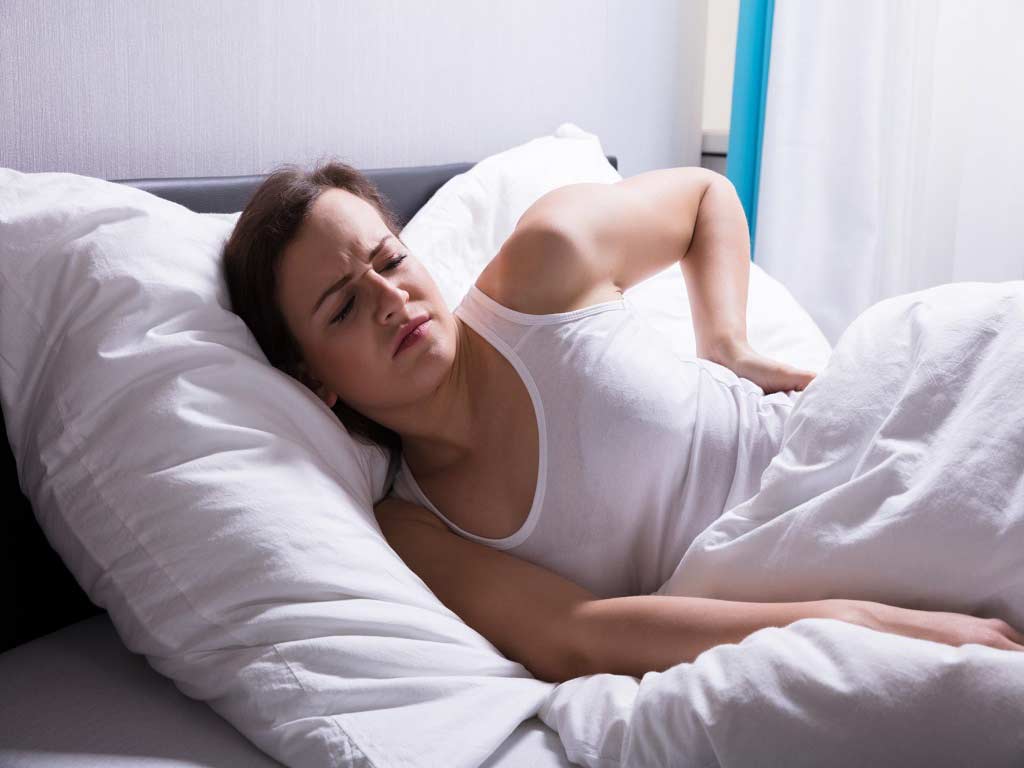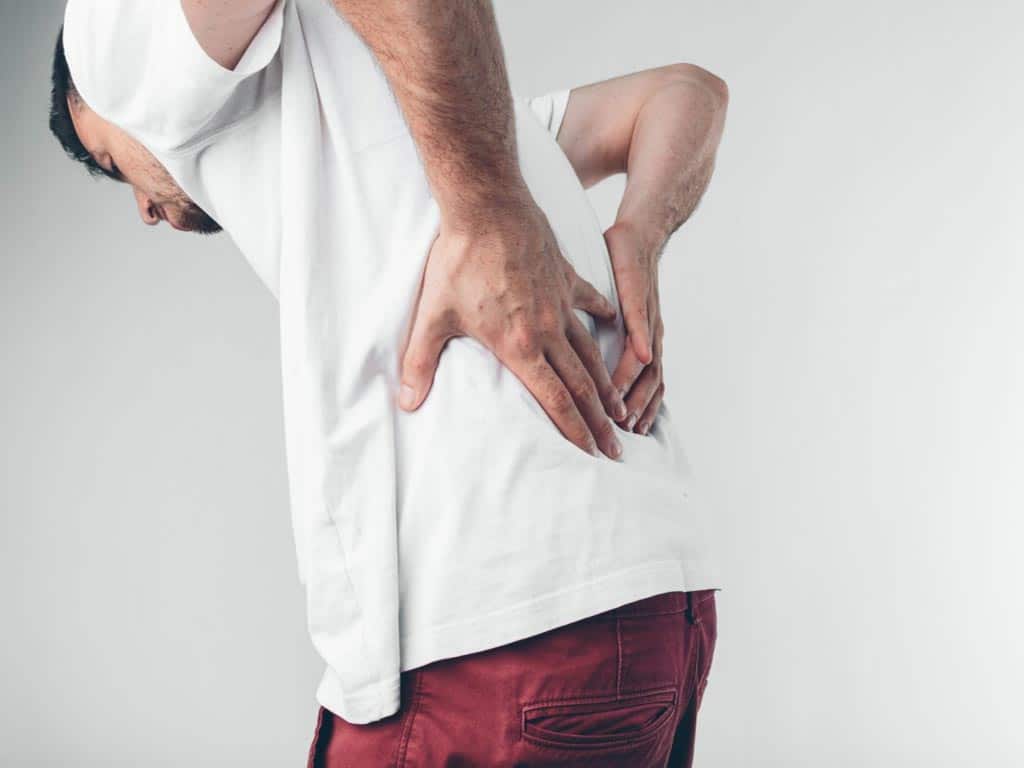
Backaches are a common ailment that affects millions of people daily. It may happen at any time and for various reasons. Finding effective back pain relief is crucial for improving the quality of life and maintaining overall well-being. There are multiple options that individuals can choose from. The common treatment methods include medications, physical therapy, electrotherapy, and other natural methods. However, some pains that are debilitating may require invasive treatments like spinal injections and surgery.
Various causes can lead to pain in the back. Poor posture, overuse of muscles, or lack of exercise are some of the common risk factors. However, underlying health conditions can result in chronic pain. This requires a long-term solution to manage persistent pain symptoms. It is advisable to consult a health professional to determine the best treatment option. In this article, we will explore ten proven methods to help alleviate back pain and promote healing.
Jump to a Section:
- How to Achieve Back Pain Relief with TENS Therapy
- How to Achieve Back Pain Relief with Good Sleep and Posture
- How to Achieve Back Pain Relief with Medication
- How to Achieve Back Pain Relief with Exercises and Stretches
- How to Achieve Back Pain Relief with Physical Therapy
- How to Achieve Back Pain Relief with Ice and Heat
- How to Achieve Back Pain Relief with Hands-On Therapy
- How to Achieve Back Pain Relief with Biofeedback
- How to Achieve Back Pain Relief with Spinal Injections
- How to Achieve Back Pain Relief with Surgery
How to Achieve Back Pain Relief with TENS Therapy
Transcutaneous Electrical Nerve Stimulation (TENS) therapy is a popular and effective method of achieving back pain relief. It is a non-invasive treatment option that involves the use of a small, battery-operated device. This device delivers low-voltage electrical currents through the electrode pads placed on the skin. It has adjustable settings, allowing users to control the electrical stimulation to individual comfort levels.
TENS therapy works by stimulating the sensory nerves to block pain signals. The electrical currents are believed to activate the pain gate mechanism in the spinal cord. According to the Gate Control Theory, the brain can only process a certain amount of information at once. By sending electrical signals through the nerves, TENS therapy can “close the gate” to pain signals, reducing the sensation of pain.
A TENS machine also triggers the release of endorphins. These natural chemicals help minimise discomfort by inhibiting the nerve cells from sending pain messages to the brain. To use the device, place the electrodes on the pain area and adjust the settings. Start with the lowest intensity level and gradually increase until the tingling sensations are strong but comfortable.
Benefits of TENS Therapy
- Provides natural pain relief by stimulating the production of endorphins and activating the pain gate mechanism.
- Reduces swelling and inflammation by increasing blood circulation to the affected area.
- It is a non-invasive and drug-free method of pain management.
- It does not have adverse side effects that are common with pain medications.
- TENS therapy does not have the risk of developing dependency or addiction.
- Promotes healing of injuries.
- Provides targeted pain relief through electrode placement on the pain area. This minimises the risk of systemic side effects or affecting nearby tissues.
- It is a versatile and comprehensive pain management that can help treat other pain conditions.
How to Achieve Back Pain Relief with Good Sleep and Posture
Maintaining good sleeping habits and posture can be beneficial for back pain relief. This is essential if the cause of the pain is due to poor sleep or bad posture. One tip to achieve effective pain relief is investing in a quality mattress and pillows that can support the spine. Additionally, an ergonomic mattress can help align the body in a neutral position and reduce pressure on the back while sleeping.
Moreover, creating a relaxing sleep environment can promote better sleep quality. This includes keeping the bedroom dark, quiet, and at a comfortable temperature. Developing a bedtime routine can signal the body that it is time to rest and help improve sleep patterns.
Improving posture is another key factor in achieving pain relief. Maintaining proper posture while sitting, standing, and walking can reduce strain on the back muscles and spine. This includes sitting up straight with shoulders back, keeping the feet flat on the floor while sitting, and avoiding slouching or hunching over. When standing, distribute weight evenly on both feet and avoid locking the knees. Using ergonomic chairs or support cushions can also help maintain good posture.
Best Sleeping Positions
One recommended position is back sleeping. Simply sleep on your back with a pillow under your knees to help maintain the natural curves of the spine. Another effective position is side sleeping with a pillow between the knees. This can help keep the hips, pelvis, and spine in alignment.
Additionally, the fetal position can help relieve back pain, especially disc pain. This opens up the joints and minimises bending the spine. However, make sure to switch sides regularly to prevent muscle imbalances. Overall, a good sleeping position can help relax the back muscles and benefit spinal alignment.
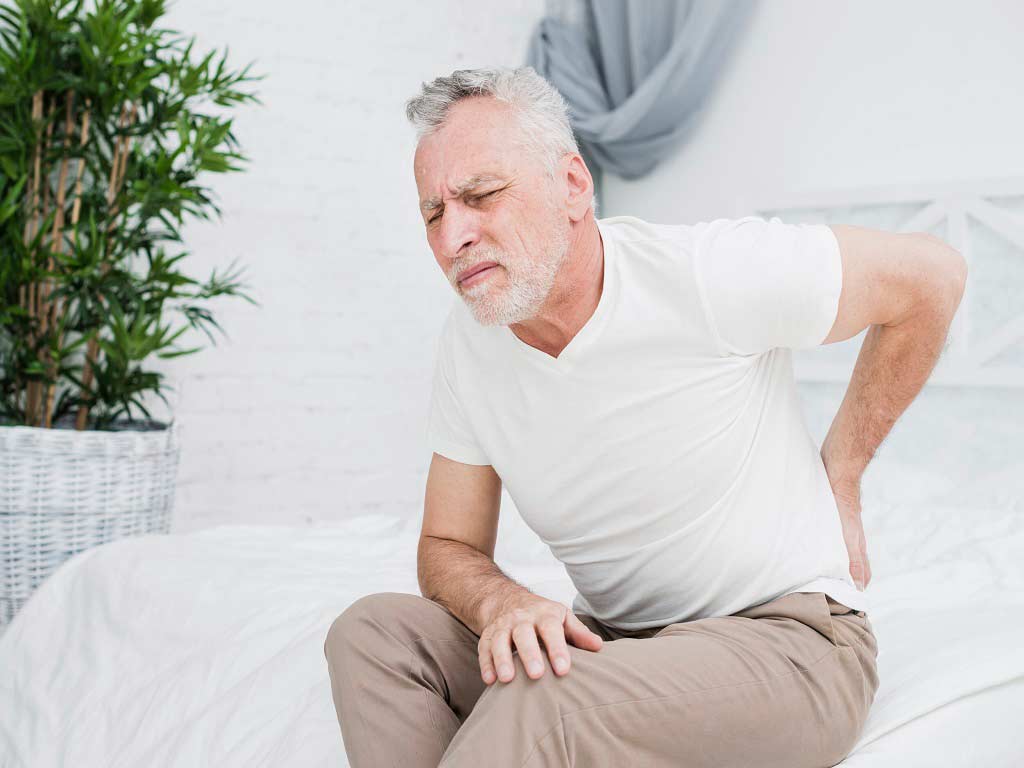
How to Achieve Back Pain Relief with Medication
There are various types of medication for back pain relief. They can be beneficial for those who need immediate alleviation. One common type is Nonsteroidal Anti-inflammatory Drugs (NSAIDs). These drugs block a specific enzyme that produces prostaglandins. This helps reduce inflammation and pain in the affected area. NSAIDs include ibuprofen, naproxen, and aspirin.
Another type of medication is paracetamol or acetaminophen. It is a pain reliever for mild to moderate back pain. It also helps reduce fever or high temperature. Muscle relaxants can also be prescribed for pain relief. These medications help relax tense muscles and reduce muscle spasms. However, they should be used with caution as they can cause drowsiness and dizziness.
In some cases, a doctor may prescribe stronger medications like opioids for severe back pain. They work by binding to opioid receptors in the brain and spinal cord and block pain signals. It is crucial to follow the dosage instructions of a healthcare provider to avoid the risk of developing tolerance or dependency.
Prescription vs OTC Medicines
Taking over-the-counter pain relievers is often the first-line treatment for relieving acute pain. They are easily accessible in pharmacies, as they do not require prescriptions. Moreover, they are generally milder, thus, safer and have lower risks of adverse side effects. OTC medicines are also more affordable and can relieve pain within minutes.
On the other hand, prescription painkillers are typically recommended for those with severe or chronic back pain. They have higher doses or more potent effects. These drugs can be suitable for those who may find OTC medicines inadequate. Opioids, muscle relaxers, and certain NSAIDs can only be obtained with a medical prescription.
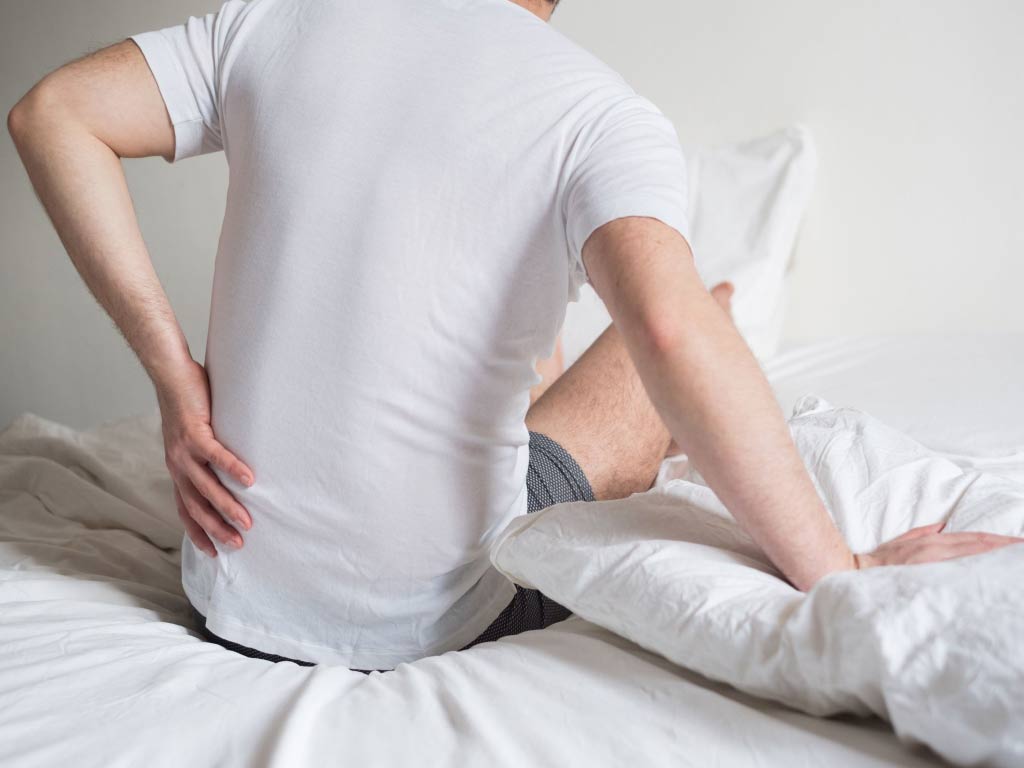
How to Achieve Back Pain Relief with Exercises and Stretches
Exercises and stretches are also effective back pain relief methods. Regular exercise offers numerous benefits. Firstly, it can strengthen the back muscles, abdominal muscles, and leg muscles. This increases stability and support to the spine and improves posture. This can not only alleviate backache but also minimise future pain episodes and maintain a healthy weight.
Secondly, exercises and stretches can help increase flexibility and range of motion in the spine. This can help reduce stiffness and improve mobility. Engaging in physical activity also stimulates the release of endorphins. Additionally, incorporating exercises into a daily routine can promote better circulation, which can aid in the healing process of back injuries.
Individuals may try various techniques depending on their type of pain. It is also advisable to consult with a doctor or physical therapist before trying an exercise regimen. They may try gentle exercises and gradually increase the intensity as they become more comfortable. It is essential to be consistent to achieve significant improvements in back pain and overall spinal health.
Best Stretches to Try Out
- Cat-Cow Stretch: It involves arching and rounding the back while on all fours. This movement helps to increase flexibility and mobility in the spine.
- Child’s Pose: Kneel and sit on your knees and lean forward, stretching your arms out in front. This pose helps to stretch and relax the lower back and hip muscles.
- Cobra Stretch: Start in a lying position and slowly push up with your hands to arch your back. This stretch helps to strengthen the back muscles, including the spinal extensors and gluteus maximus.
- Seated Forward Fold: It helps to stretch the hamstrings and lower back while promoting relaxation.
How to Achieve Back Pain Relief with Physical Therapy
Physical therapy is another common and effective method for achieving back pain relief. It is a guided approach that involves specific exercises, stretches, and hands-on techniques to improve mobility, strength, and flexibility in the affected areas. Physical therapists can create individualised treatment plans tailored to the needs and goals of the patient.
During physical therapy sessions, individuals may learn how to perform proper body mechanics and posture to prevent future back pain episodes. They may also receive education on ergonomics, which involves adjusting workstations and daily activities to reduce strain on the back. Furthermore, physical therapists provide hands-on treatments such as massages, TENS therapy, or ultrasound therapy to help reduce inflammation and improve flexibility.
It can help individuals regain function and range of motion and reduce reliance on medications. This can be beneficial for those with chronic pain or recovering from injury or surgery. By following a physical therapy regimen with professional guidance, individuals can experience significant improvements in their back pain symptoms. It is important to stay committed to the treatment plan and communicate any concerns or progress with a therapist.
Other Benefits of Physical Therapy
In addition to providing pain relief, physical therapy offers healthy posture and injury prevention. It can target areas with muscle imbalances and strengthen those muscles. Additionally, it can help individuals avoid invasive procedures. By addressing the root cause of the pain through targeted exercises, patients may be able to achieve long-term relief.
Furthermore, it can have positive impacts on mental health. Physical therapy can help reduce stress, depression, or anxiety, which may contribute to back pain. Performing exercises can help distract the mind from negative thoughts and worries and promote better sleep. Consequently, it helps enhance mood and self-esteem.

How to Achieve Back Pain Relief with Ice and Heat
Using ice and heat is another natural method for back pain relief. Ice therapy constricts blood vessels, which helps reduce blood flow and swelling. It is suitable for acute injuries like a strained lower back muscle. Individuals can apply cold after an injury within 48 hours before switching to heat therapy. Using cold can also help numb the pain from ruptured blood vessels.
On the other hand, heat therapy helps relax muscles and improve blood flow. The improved circulation promotes healing and faster recovery. It is an ideal treatment for chronic or inflammatory conditions, such as arthritis, stiff joints, and tension headaches. Moreover, individuals can apply heat before performing activities to help them limber up.
Alternating between ice and heat therapy can optimise pain relief. This contrast therapy helps reduce inflammation and relax tense muscles. However, it is vital to avoid skin surfaces with sensitive or open wounds when applying ice or heat. It is recommended to use a cloth or towel as a barrier between the skin and the hot or ice pack to prevent burns.
Hot and Cold Packs
People can use various tools to facilitate heat and cold therapy. For thermotherapy, they may use a heat pack or heat patches. They activate within seconds to provide heat to the affected area. Moreover, they can be worn under the clothes, providing a continuous supply of heat. Individuals can improvise by using a hot water bottle.
Meanwhile, a cold pack is a bag that contains a cooling substance. Using a bag of frozen peas or vegetables can also serve as an effective remedy. It is advisable to apply these items to the affected area for short periods, typically around 20 minutes at a time.
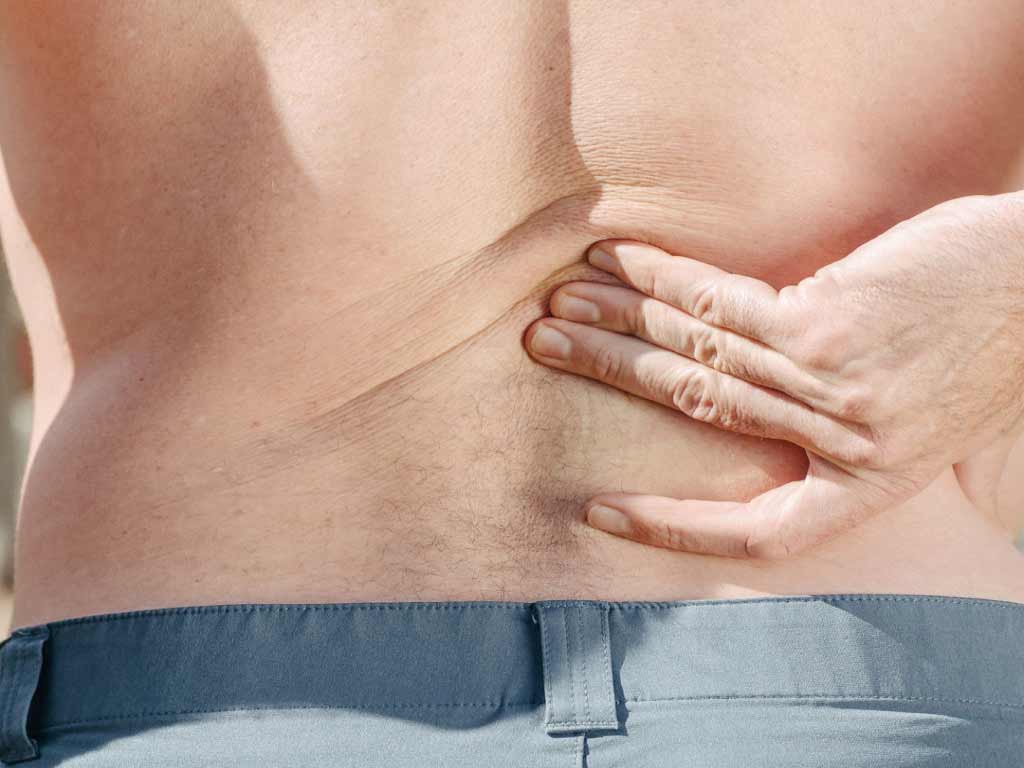
How to Achieve Back Pain Relief with Hands-On Therapy
Hands-on therapy, also known as manual therapy, is a pain relief method that involves physical manipulation of the muscles, joints, and tissues. This can include techniques such as massage, stretching, and chiropractic adjustments. This type of treatment can be highly effective in providing back pain relief. It is often part of sports orthopedic rehabilitation or functional training.
Manual therapy is beneficial for chronic back pain due to joint problems. It can also target soft tissue injuries and help correct posture. It uses skilled hand movements to put pressure on muscle tissue and manipulate joints. This helps stimulate blood flow and trigger points connected to back pain.
Furthermore, hands-on therapy can help relieve pressure on the nerves that are causing radiating pain in the back. This method provides a multifaceted approach to pain management. It focuses on the cause of pain and not just the symptoms, which can lead to long-lasting relief. Additionally, it can address both the physical and emotional aspects of pain.
Types of Hands-On Therapies
- Massage therapy: It involves applying pressure and kneading the muscles to reduce tension and improve blood flow. This can help alleviate back pain caused by muscle tightness or spasms.
- Joint mobilisation: It loosens restricted joints to reduce pain and improve the range of motion. This is suitable for discomfort and limited mobility after surgery.
- Chiropractic adjustments: Chiropractors manipulate the spine and joints to improve alignment and relieve pressure on nerves. This can be beneficial for conditions such as herniated discs or sciatica.
- Manual lymphatic drainage (MLD): A manual massage that encourages lymph fluid flow away from the tissues.
How to Achieve Back Pain Relief with Biofeedback
Biofeedback is a technique that uses electronic devices to monitor physiological responses, such as muscle tension, heart rate, and breathing patterns. By becoming more aware of these bodily functions, individuals can learn to control them and reduce pain. One common form of biofeedback for back pain relief is electromyography (EMG), which measures muscle activity.
Another type is heart rate variability (HRV) biofeedback. This technique measures changes in heart rate and helps individuals regulate their autonomic nervous system. Therefore, it can help lower high blood pressure. By using HRV biofeedback, individuals can learn to reduce stress and improve relaxation techniques. It can also enhance emotional adaptability.
Biofeedback therapy involves sessions with a trained therapist who will guide individuals through relaxation techniques while monitoring their responses. The treatment typically includes guided relaxation and visual or auditory feedback to control muscle tension. Individuals may also use biofeedback devices to manage their conditions at home. Overall, regular use can help individuals manage back pain and improve overall well-being.
How Does Biofeedback Work?
Biofeedback uses sensors placed on the body to measure physiological responses. These sensors are connected to a computer or other electronic device that provides feedback in real-time. This feedback can be visual, auditory, or tactile, depending on the type of biofeedback being used. Individuals can see how their body reacts to stress or pain.
For example, a therapist might use an EMG session to identify tight muscles, which could suggest that they are contributing to pain. Over multiple sessions, the therapist can teach the patient techniques to relax those muscles. It may include breathing exercises, visualisation, or progressive muscle relaxation.

How to Achieve Back Pain Relief with Spinal Injections
Spinal injection is another back pain relief option, particularly for individuals with chronic pain conditions. The injection delivers medication directly to the source of pain in the spine. Hence, it can provide faster and more targeted relief than oral medications. This method is often administered under fluoroscopic guidance to ensure accurate placement and maximise effectiveness.
A common type of spinal injection is the epidural steroid injection. It delivers corticosteroids directly into the epidural space around the spinal cord and nerves. This can reduce inflammation and provide relief for conditions such as herniated discs or spinal stenosis. Another type is the facet joint injection. This involves the use of a local anaesthetic and a corticosteroid for the small joints in the spine.
Spinal injections can also relieve compressed sciatic nerve due to degenerative disc diseases. Furthermore, they can be used to diagnose the source of pain. While they may provide temporary relief, they are not a long-term solution. A health professional may recommend other treatment methods, such as physical therapy or exercise.
Are There Possible Side Effects?
Spinal injections are safe, but they may come with potential side effects. However, it is usually mild and limited. Some common side effects include temporary pain at the injection site and minor bleeding or bruising. In some cases, patients may also experience headaches, dizziness, or temporary muscle weakness after the procedure.
For steroid injections, individuals may experience menstrual irregularities or a temporary increase in blood sugar. More serious side effects can occur, although they are rare. These can include infection, nerve damage, or allergic reactions to the medication. Patients with underlying health conditions may be at a higher risk of these side effects.

How to Achieve Back Pain Relief with Surgery
Surgery is often the last option for back pain relief. Surgical procedures are a major decision that requires careful consideration and planning. Before considering surgery, it is essential to exhaust all non-surgical treatments. If conservative treatments do not provide adequate relief, then surgery may be a viable option. Individuals must consult with an orthopedic or neurosurgeon to evaluate their specific condition.
Qualified professionals will be able to evaluate the underlying condition and determine the best surgical approach. There are various types of surgery available, including spinal fusion, laminectomy, discectomy, and artificial disc replacement. It is vital to have realistic expectations about surgery. While it can provide significant relief for some individuals, it may not be a cure-all for all types of back pain.
After undergoing back surgery, it is crucial to follow any post-operative instructions. This helps prevent any complications or side effects. Patients may expect to feel soreness and discomfort after surgery, but this should improve as they recover. Moreover, rehabilitation and physical therapy will likely be necessary to regain strength and mobility in the affected area.
Types of Surgeries Involved
- Discectomy: Removes a part or all of a herniated disc that is pressing on a nerve in the spine.
- Laminectomy: Removes a portion of the bone (lamina) that is causing spinal stenosis or nerve compression.
- Spinal fusion: Removes arthritic joints and often uses metal implants to permanently connect two or more vertebrae.
- Artificial disc replacement: Replaces a damaged or degenerated intervertebral disc in the spine with an artificial implant.
- Endoscopic rhizotomy: Uses a camera to locate and sever the nerves causing pain to prevent future regrowth.
- Vertebroplasty and kyphoplasty: Insert a small balloon or needle to treat vertebral compression fractures.
Conclusion
Backache is one of the leading sources of discomfort worldwide. It can limit physical activity and affect the quality of life. Fortunately, there are various methods to achieve backache relief. For mild to moderate ways to relieve pain, TENS therapy, medications, and physical therapy are effective options. These methods can help reduce the intensity and frequency of pain. Nevertheless, it is essential to consult with a healthcare provider before starting any treatment plan for back pain relief.
For more severe cases of back pain, spinal injections and surgery may be necessary. While these procedures come with possible side effects, they can provide long-lasting relief. However, individuals should also weigh the risks and benefits of undergoing such procedures. It is crucial to work closely with healthcare professionals to determine the best course of action based on individual needs. Ultimately, effective pain management requires a comprehensive approach that may involve a combination of treatment methods.





